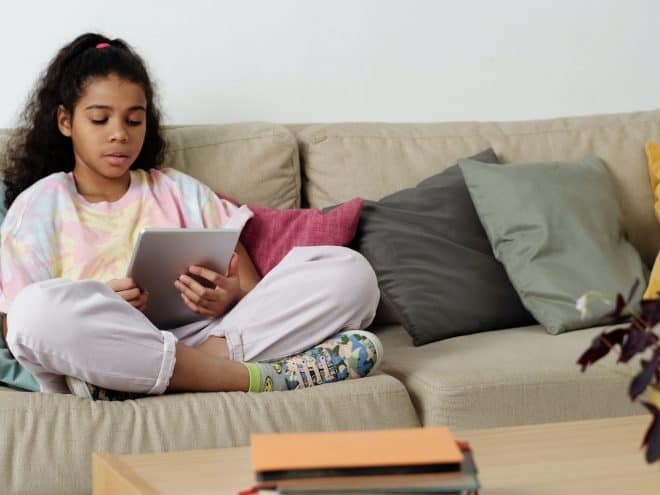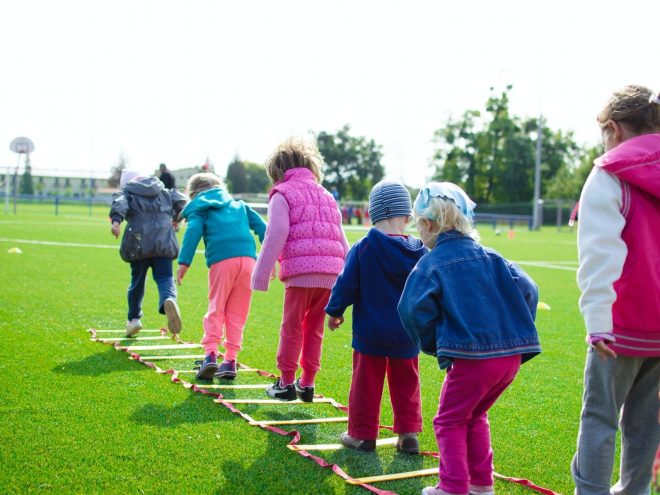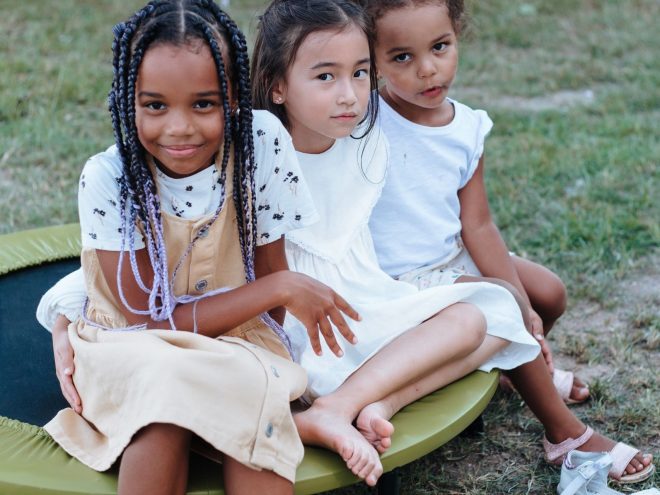The 4th of July is this weekend – Yay, America! Naturally, you’ll want to include your toddler in all of the fun and activities. Fireworks and sparklers are an exciting pastime on this holiday but you’d have to be bananas to play with them around your two-year-old. Instead of potentially setting something on fire, here are 10 toddler approved and, more importantly, safe activities for you and your littles to enjoy!
Count Everything
Encourage your child to learn! Begin with counting to the number four on your fingers to signify the 4th of July. Toddlers should be able to count to at least ten, and learning numbers in a simple rhyme related to a holiday makes it easier for them to remember. You can also make a game of it by having your child point out numbers as he or she sees them during a parade, or at a picnic. If there are four cups on the picnic table, your little one can tell you all about it!
Red, White, and Blue All Over
With the abundance of red, white and blue around this holiday, it’s a great time to review colors and have your child point out every time they see one of those colors. Your child can identify colors at your local fireworks display, parade floats — anywhere. Encourage your child to identify as many different colored objects as they can, or see if you can make up rhymes with the color names such as “Roses are red, those stripes are blue….”
Look at Letters in Words
Make a game with your child of learning the letters in the word July, or mention the words and letter on signs, posters, etc. Many businesses post signs at this time honoring the military, which is also another learning opportunity. Your toddler will find comparing and contrasting letters easier if you have already been spelling out your child’s name throughout your home with magnets on the refrigerator or a name sign on their bedroom door. Starting at age 2, your toddler begins to pick up on letters and phonetic sounds.
Build Finger Strength Through Writing Activities
Grasping skills — used for holding pencils or crayons — help your future playwright or author learn to hand write. Start stretching those finger muscles now with exercises like tearing construction paper into strips to make a flag and crumpling tissue paper to make the stars. Be sure to use non-toxic glue, too. Consider lightly writing their name in pencil for them to go over in crayon to help with correct writing techniques. They can practice their name, sibling names, names of pets, and family members.
Create A Sidewalk Masterpiece
Painting with brushes or finger-painting also builds your toddler’s fine motor skills and reinforces learning colors. Have your budding artist paint a flag or fireworks on a sidewalk using watercolor made from food dyes. Not only will the painting be temporary on the sidewalk, but it will be non-toxic if your child gets it in their mouth, and easy to wash off hands and face, or out of clothes. Chalk is another option, and just as fun, you’ll just want to be careful if your toddler is inclined to put things in their mouth.
Get Creative With Patriotic Crafts
Create a paper banner of red and blue stripes, with white stars. Have your child thread the stars and stripes onto white yarn. Or have them thread cereal or dry macaroni noodles painted red white and blue with non-toxic markers onto yarn. Using food items rather than colored beads will prevent any issues if they happen to eat a piece.
Introduce Them to Kitchen Fun
Baking cookies to bring to a potluck or a fundraiser bake sale? Your future chef can help! Let them hand knead and flatten some of the dough (without raw eggs in it) or use cookie cutters to make shapes in the flattened dough. They can also press candies into the cookies before baking. Working the dough and using their fingers to pick up one candy at a time to press into the cookies are two more ways your little one can develop fine motor skills.
Listen to Music
They say that music soothes the soul. Research shows there is a strong connection between music therapy and enhancing communication and relationship skills for children. There is evidence that music helps children on the autism spectrum with focusing attention and giving them coping mechanisms during times of stress. Encourage your child to sing along with patriotic music or the music that accompanies your summer BBQ, even if they make up the words as they go along.
Get Up and Dance
Some songs on the 4th of July just make you want to jump up and dance. Encourage your little mover and shaker to clap to the beat of the music or find their rhythm and dance. Make a paper plate tambourine or maracas out of beans in an empty water bottle to shake with the music. No matter what you or they choose to do, any movement is good for learning rhythm and balance.
Make Gifts for Loved Ones
Ask your toddler if they’d like to make presents for people. You’re introducing the concept of giving, and you’re helping your little one think of others. Send handmade art to grandparents who might not be there.
Combine color learning with creativity by painting your child’s hand to resemble a flag and make a hand print on construction paper that you can date. Make an American Eagle using a brown and white footprint for the body and two brown handprints for the wings.
Pick a craft or activity — and enjoy it.No matter what you and your family choose to do this 4th of July holiday, make your celebrations safe and fun ones that everyone will remember.





